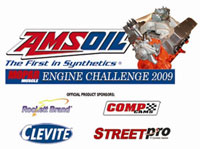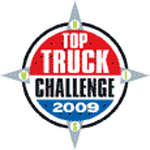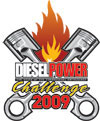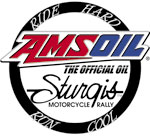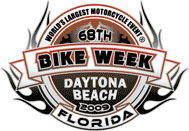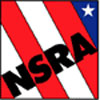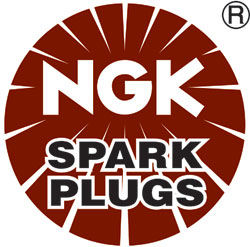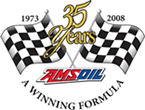AMSOIL's Perfect Antifreeze
How AMSOIL's State-of-The-Art Antifreeze Keeps Your Engine Running in Extreme Conditions
Antifreeze by definition helps lower the freezing point of water so our engines stay in one piece during the winter months.
They use either ethylene glycol (EG) or propylene glycol (PG) to provide freeze protection while also raising the boiling point of the water.
The most common antifreeze is EG. Compared to PG at a similar mix ratio, it offers a slightly better freeze point and heat-transfer ability.
Plus, it’s less expensive. PG is more environmentally friendly and safer for use around children/pets/wildlife since it is biodegradable and features low toxicity because of that benefit some race tracks and road parks require PG formulations.
Of course, antifreeze products need to provide more than just freeze and boil protection.
They must guard against corrosion, cavitation and scaling, and it’s up to the additives to achieve those tasks.
There are basically three categories of these additives, and any of them can be blended with the two glycols mentioned above.
The first additive type is found in the old “green” conventional product, traditionally found at many retail locations because it is the least expensive.
The green antifreeze uses inorganic salt like nitrates and silicates to provide corrosion/ cavitation/scaling protection.
This combination of additives is on the environmental watch list, depletes quickly (Usually lasting two years or less) and is the source for common cooling system problems like scaling once they become depleted.
They can also be incompatible with each other, sometimes leading to drop-out in the form of an abrasive or slime.
For these reasons, most vehicle manufacturers have moved away from this type of coolant for newer vehicles.
Next, we have the high-end additives – called organic acids – often referred to as OATs (organic-acid technology) or POATs (poly-organic-acid technology).
Organic acids are much more robust and longer-lasting. On top of that, they resist drop-out, scaling and compatibility issues inherent to inorganic salts.
Therefore, this type of coolant can be used in a wide variety of applications, even mixing with other coolants as top-off.
The final option that is available is a combination of the last two, appropriately called HOATs (hybrid-organic-acid technology), which is a mix of inorganic salts and organic acids working in tandem.
HOATs minimize some of the issues with inorganic salts while relying on the organic acids to boost performance.
I like to think of the three additive types as being tiered, similar to motor oil. The old green antifreeze with inorganic salt is like conventional oil, hybrid coolants are similar to synthetic blend oil and organic-acid coolants are like full synthetic oil.
The comparison holds true when it comes to performance. All coolants passing relevant industry-standard testing provide a minimum level of protection for cooling systems, including corrosion protection for a long list of materials (including cast iron and aluminum).
However, properly formulated POATs provide the longest lasting and best protection without the headaches that come with those old inorganic salts.
That’s why AMSOIL has three products available, which are all unique blends of organic acids.
We use di-acid technology, which means both ends of the organic acid are active.
This makes them work faster and form stronger bonds for enhanced protection. AMSOIL Passenger Car & Light Trucks Antifreeze & Coolant (ANTPC) is formulated for all passenger cars and light trucks.
It is premixed 50/50 with high-quality water and EG.
AMSOIL Heavy-Duty Antifreeze & Coolant (ANTHD) is dialed in for the unique needs of on- and off-road heavy-duty applications.
It is also premixed 50/50 with high-quality water and EG.
And AMSOIL Low Toxicity Antifreeze and Engine Coolant (ANT) is our 100-percent concentrate PG formulation for situations that call for a low-toxicity solution.
We chose to premix two of our products because water quality is one of the biggest issues with cooling systems, often contributing to scale deposits and pH issues.
We ensure the water is top quality and conveniently premixed to the right ratio. The 50/50 solution provides excellent freeze protection down to -34ºF and boil protection up to 265ºF with a 15 psi cap.
Those numbers are more than sufficient for the vast majority of vehicles. We recommend mixing AMSOIL Low Toxicity Antifreeze and Engine Coolant with distilled water to ensure good quality, and we provide a freeze-protection chart on the bottle for different mix ratios – most applications will fall between 40-60 percent antifreeze.
For more information on this topic or any other question you may have feel free to contact me.
If you are interested in becoming an AMSOIL dealer follow the link below to get started.
How to Become an AMSOIL Dealer
Sincerely,
Jesse Hull
Mechanical Engineer
AMSOIL Direct Jobber
913-713-8850 | Privacy Policy

